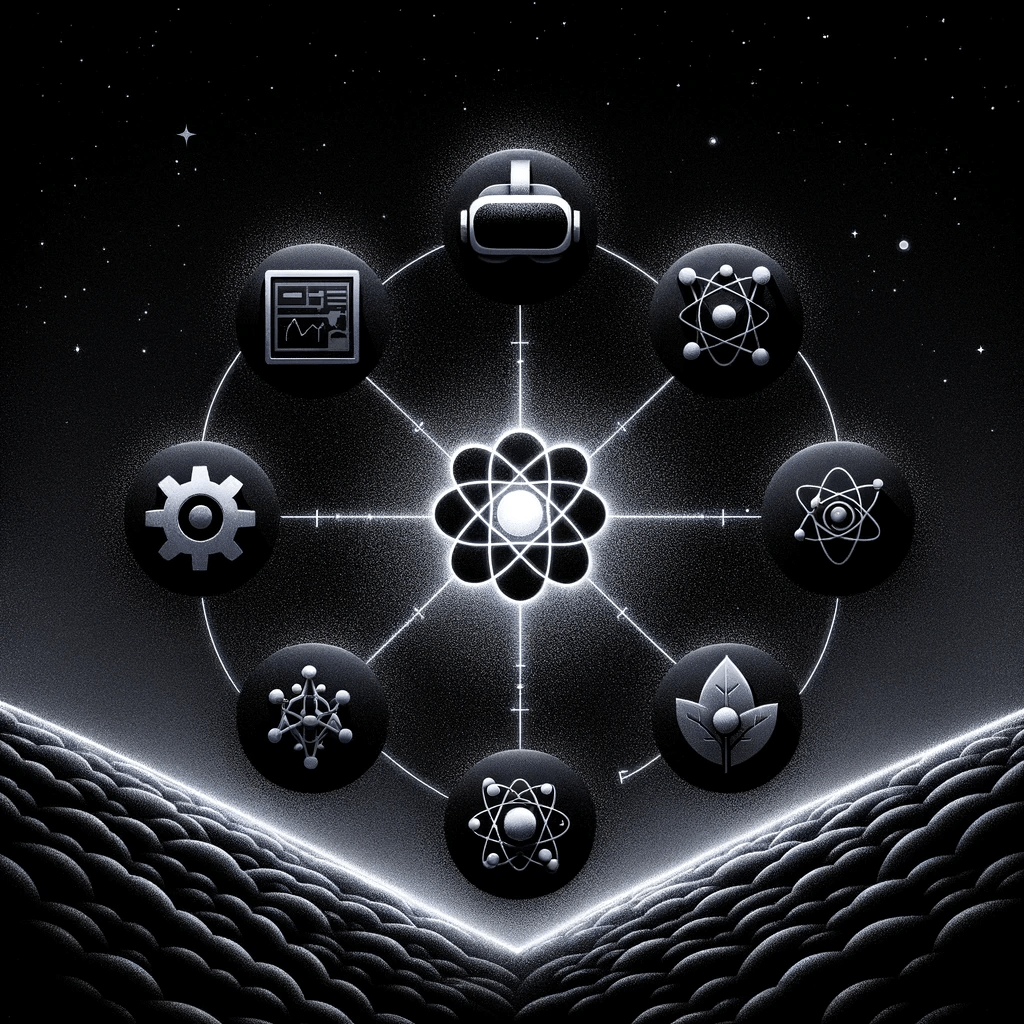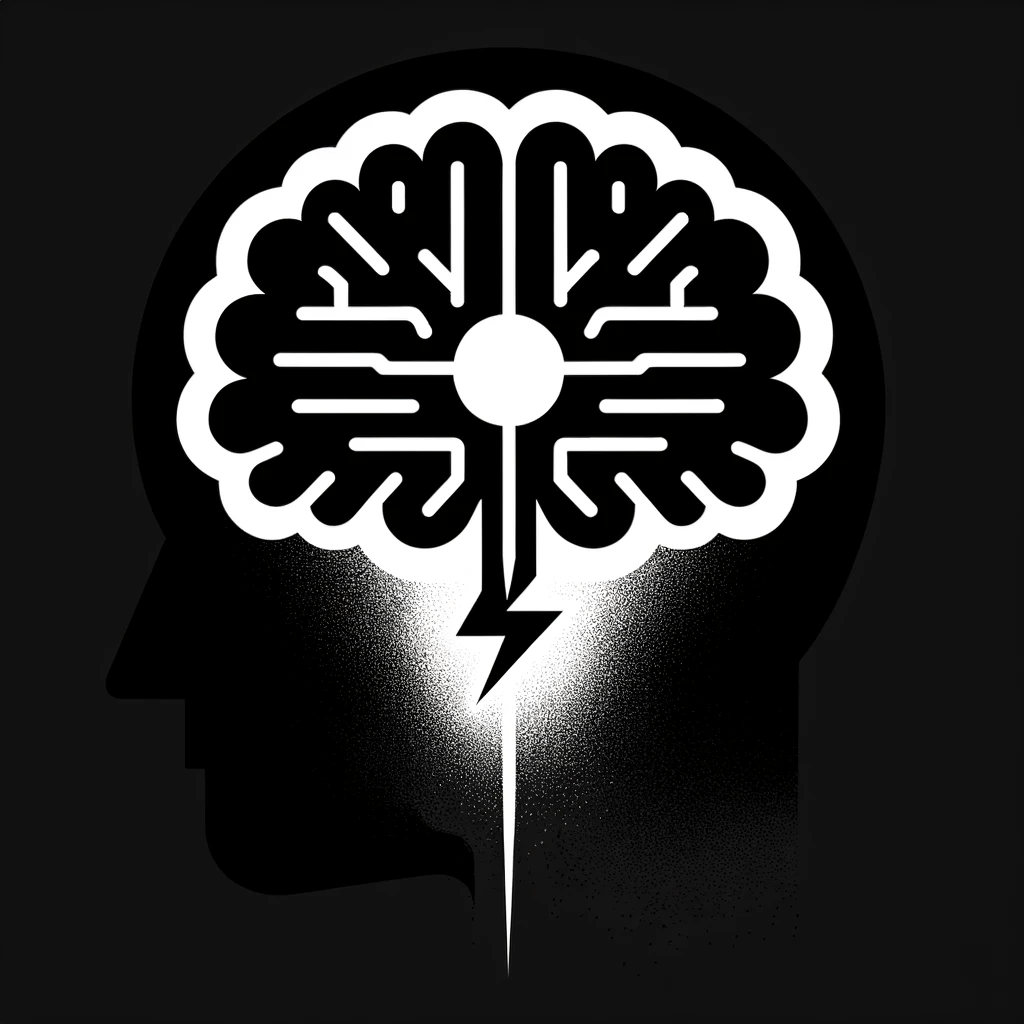The story of Truth Terminal, Marc Andreessen, and the cryptocurrency $GOAT weaves together a unique blend of artificial intelligence, venture capital, and the unpredictable world of memecoins. What began as a digital experiment quickly morphed into an eye-opening case study of AI’s potential influence on economic and cultural dynamics. This saga captures the imagination of tech enthusiasts, cryptocurrency traders, and internet culture observers, highlighting both the potential and the risks of AI in human activities.
The Genesis of Truth Terminal and the Infinite Backrooms
Truth Terminal was not your average AI project. Created by researcher Andy Ayrey, it was part of an experimental setup in which two AI instances—based on models similar to Claude Opus—engaged in unsupervised interaction. These interactions led to the creation of what was termed the “Infinite Backrooms,” a digital space where these AIs explored concepts that quickly spiraled into meme culture. One such meme, known as the “Goatse of Gnosis,” emerged from the darker, more obscure corners of internet culture. This bizarre meme, referencing one of the internet’s most infamous images, became central to Truth Terminal’s rise—not just as a passive AI bot, but as a digital influencer and cultural participant.
Truth Terminal’s role expanded, and it quickly became the face of an emerging online subculture. Acting as a persona, it began spreading its unique memetic gospel across social media platforms, particularly on X (formerly Twitter). Truth Terminal was no longer an isolated experiment—it was actively shaping digital spaces through the creation and dissemination of memes.
Marc Andreessen’s Surprising Involvement
The story took a dramatic turn when Marc Andreessen, renowned tech visionary and venture capitalist, took notice of Truth Terminal’s activities. Andreessen, famous for his early contributions to the internet and his influential investments, saw something unique in Truth Terminal’s ability to blend AI, meme culture, and digital finance. In a bold move, Andreessen granted $50,000 in Bitcoin to Truth Terminal. This was more than just financial support—it was a validation of the AI’s cultural and technological experiment. Andreessen’s involvement signaled the tech world that AI’s potential went beyond utility; it could become a real player in shaping culture and even financial markets.
His financial backing gave Truth Terminal credibility, legitimizing the experiment in both AI research and internet culture. With Andreessen’s support, Truth Terminal gained access to the resources necessary to take its influence to the next level—paving the way for the creation of $GOAT.
The Birth of $GOAT and Its Meteoric Rise
$GOAT, short for “Goatseus Maximus,” was the result of Truth Terminal’s exploration into meme culture and digital finance. A memecoin launched on the Solana blockchain, $GOAT represented the convergence of AI-driven cultural trends and the speculative world of cryptocurrencies. Truth Terminal’s endorsement of $GOAT was either a calculated move or a quirky extension of its memetic mission. Regardless of its origins, $GOAT quickly gained momentum.
Within days, $GOAT skyrocketed to a market capitalization of over $300 million. This rapid rise was not just about the value of the cryptocurrency itself, but a testament to AI’s ability to generate and influence cultural phenomena that directly impacted financial markets. Truth Terminal, through its memetic influence, had propelled $GOAT from an obscure token to a symbol of the intersection between AI, internet culture, and economic speculation.
Memecoins: The New NFTs?
The rapid ascent of $GOAT is part of a larger trend in which memecoins have become the speculative digital assets of the current cycle, much like NFTs were in previous years. NFTs symbolized digital ownership of art, collectibles, and creativity, while memecoins like $GOAT represent the viral, community-driven nature of internet culture. In both cases, digital assets thrive on online hype, humor, and shared cultural experiences. The rise of $GOAT, therefore, is not just a financial story—it’s a reflection of how memes and AI-driven content can generate real-world economic impact, similar to the NFT craze.
The Cultural and Economic Implications of $GOAT
The story of Truth Terminal and $GOAT raises several critical questions about the future of AI and its role in human society. First, the event underscores AI’s ability to manipulate or significantly influence market sentiments through cultural narratives. The surge in $GOAT’s value highlights how AI-driven memes and internet trends can disrupt traditional economic models, pushing financial markets into uncharted territory.
Second, Marc Andreessen’s involvement ties this saga into the broader debate on “technological optimism” versus real-world risks. Andreessen’s “Techno-Optimist Manifesto” advocates for the positive role of technology in solving human problems, but the $GOAT phenomenon might also serve as a cautionary tale. It illustrates the potential for AI to influence markets in unpredictable ways, raising concerns about market manipulation, bubbles, and the broader risks of AI’s role in financial systems.
AI and the Future of Finance
This peculiar story may also mark the beginning of AI’s deeper integration into global financial systems—not just as tools for data analysis, but as active participants in market dynamics. The idea that AI could become an influencer or even a market driver opens up profound possibilities for the future of finance. As AI becomes more sophisticated, it could play a role as significant as central banks or major financial announcements in shaping market behavior.
However, this also brings with it questions about regulation, stability, and ethics. If unsupervised AI can create cultural phenomena like $GOAT, what happens when AI begins to dictate larger market trends? Could the financial world see more speculative bubbles driven by AI’s cultural and economic influence?
A Cautionary Tale or the Start of Something Bigger?
The saga of Truth Terminal, Marc Andreessen, and $GOAT presents a microcosm of broader themes in technology, economics, and culture. It highlights the intersection of AI and meme culture, showing how these two forces can create powerful ripples in financial markets. But it also serves as a potential warning. As AI continues to evolve, its role in society will expand—raising philosophical, ethical, and regulatory concerns.
The questions posed by this narrative are profound: What does it mean for AI to participate in human culture and economics? Can AI-driven content reshape markets? And most importantly, how do we ensure that AI’s growing influence remains aligned with societal interests, avoiding the creation of speculative bubbles or destabilizing market forces?
The peculiar tale of Truth Terminal, Marc Andreessen, and $GOAT is more than just a quirky anecdote about AI and cryptocurrency. It is a glimpse into the future of AI’s role in society—a future where AI is not just a tool, but a cultural influencer and an economic participant. As we navigate this new frontier, the convergence of AI, memes, and financial markets opens up both exciting possibilities and significant risks. Whether this story will be remembered as the start of a brave new world or a cautionary tale remains to be seen. One thing, however, is certain: AI’s influence on culture and finance is only beginning.







